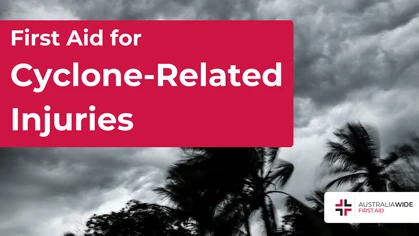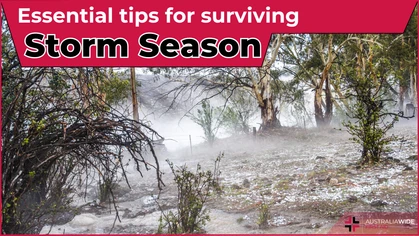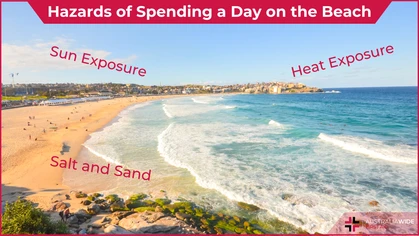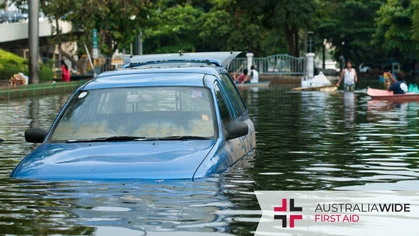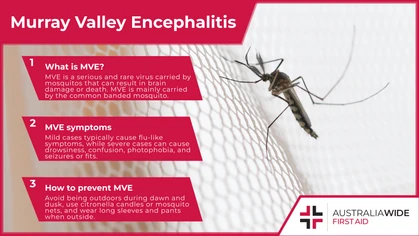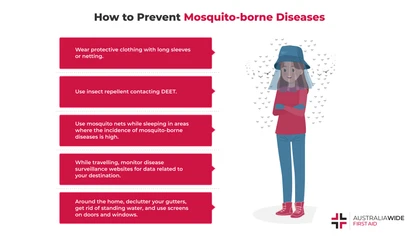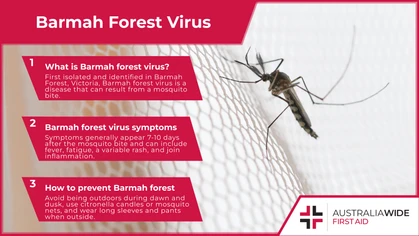Holiday Decorating Safety

Seasonal Concerns
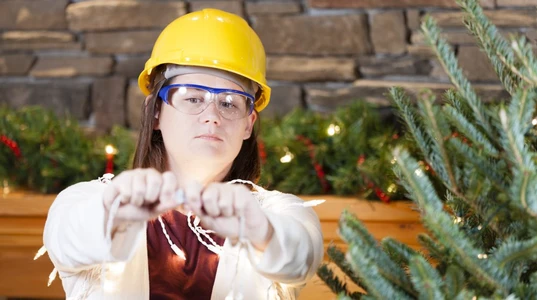
The dangers that come with holiday decorating
As festive season beckons and the trees come out and the lights go up, Australia Wide First Aid would like to warn you of the dangers that come with holiday decorating. Traditionally, falling off ladders while putting up Christmas lights and decorations has hospital emergency departments surging with holiday decorating injuries. And then there are those injuries caused by “decorating under the influence” of alcohol. To give you an idea of this seasonal trend, in the US, the number of hospital cases rose from 12,000 cases in 2009 to 15,000 in 2012. This averages out to about 250 Americans who are injured every day during the months from November to January. Typical injuries include lacerations, falls, and back strains. But there are more serious injuries, including broken necks and broken hips. The consequences can be catastrophic.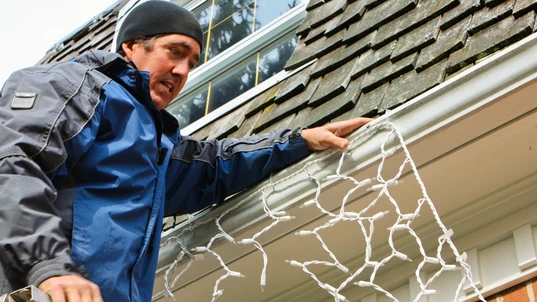
Ensure the chosen ladder extends 0.5-1 metre over the roof-line or working surface
Ladder safety tips
While your hands are full with metre after metre of Christmas lights, it's not too much of a stretch to picture the ladder you're on, slowly sliding along the gutter. Any number of objects, solid ground not the least of them, could be poised to greet you. Today is as good a day as any to review the do’s and don’ts of ladder safety.- Select the correct ladder for the job. Ensure the chosen ladder extends 0.5-1 metre over the roof-line or working surface
- Always place your ladder on level and firm ground
- Ensure the ladder can support both your weight and the weight of the load you'll be carrying. Check the ladder’s maximum load rating before climbing.
- Make sure your ladder has slip-resistant feet
- Set up straight, single, or extension ladders at a 75-degree angle
- Have a helper hold the bottom of the ladder
- Take extra care if the ladder is near a door that could be opened
- Allow only one person on the ladder at a single time
- Do not stand on the top three rungs of a ladder
- When you are done, put the ladder away immediately. Do not leave a raised ladder unattended.
Originally published at
https://www.australiawidefirstaid.com.au/resources/holiday-decorating-safety
as part of the Australia Wide First Aid Articles Library
